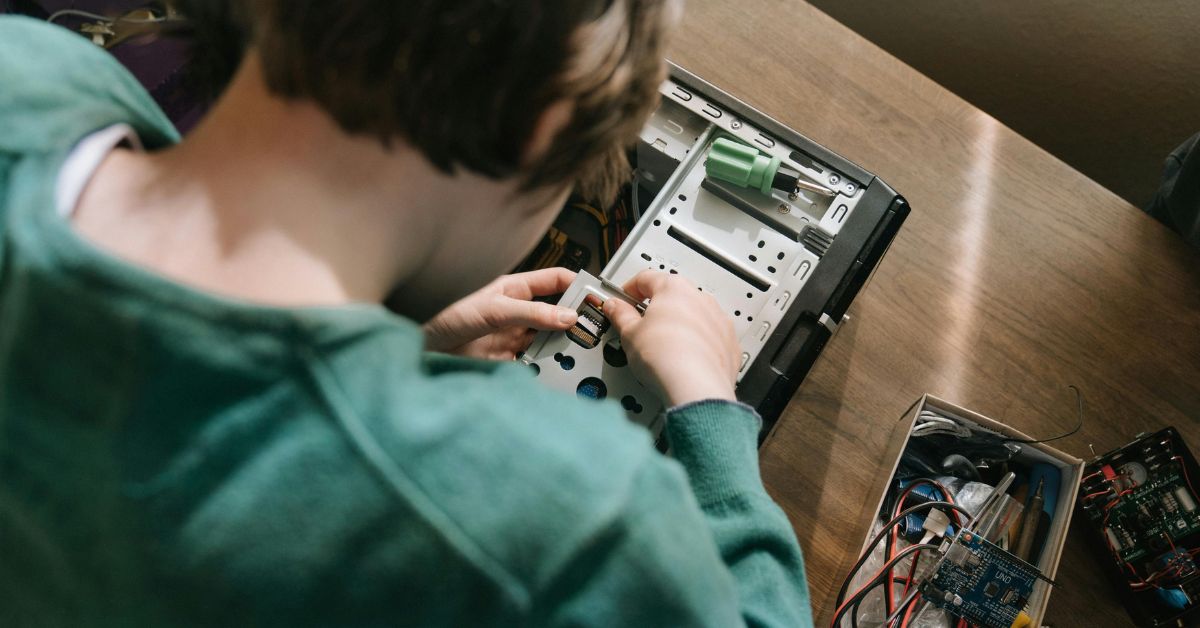The best IT practices for securing remote work are to adopt a Zero Trust security model, fortify and manage all endpoints, mandate the use of multi-factor authentication (MFA), and foster a strong culture of security through continuous employee training.
As of September 9, 2025, with remote and hybrid work now a permanent and defining feature of the business landscape here in Pakistan, the old, office-centric security model is completely obsolete. For IT teams, the mission has shifted from defending a single, centralized network to securing a vast, decentralized workforce of employees connecting from their homes in Rawalpindi, Karachi, and beyond.
1. Adopt a Zero Trust Mindset
This is the foundational and most critical strategic shift. The “castle-and-moat” model, which trusted any user inside the office network, is no longer viable.
- The Practice: Zero Trust is a security model built on the principle of “never trust, always verify.” It assumes that threats exist both outside and inside the traditional network perimeter.
- Why It’s Essential for Remote Work: It shifts the security focus from the employee’s location to their identity.
- Key Actions:
- Implement Strong Identity and Access Management (IAM): Every request to access a corporate resource, whether from the office or a home network, must be strictly authenticated and authorized.
- Enforce the Principle of Least Privilege: Grant employees only the absolute minimum level of access they need to perform their jobs. A compromised account will then have a much smaller blast radius.
2. Fortify the Endpoint
With the network perimeter gone, the endpoint—the employee’s laptop or mobile device—has become the new perimeter. It is the frontline of your defense.
- The Practice: Deploying and managing a modern endpoint security stack.
- Why It’s Essential for Remote Work: The IT team has no control over the security of an employee’s home network, so the device itself must be highly resilient.
- Key Actions:
- Deploy Endpoint Detection and Response (EDR): EDR goes beyond traditional antivirus. It continuously monitors the endpoint for suspicious behavior (like a process suddenly trying to encrypt files) and can automatically isolate a compromised device from the network to stop an attack from spreading.
- Use Mobile Device Management (MDM): An MDM solution is critical for securing both company-owned and personal (BYOD) smartphones that are used for work. It allows IT to enforce passcodes, encrypt corporate data in a secure container, and remotely wipe company data if the device is lost or stolen.
3. Mandate Multi-Factor Authentication (MFA)
This is the single most effective technical control for securing a remote workforce.
- The Practice: Requiring a second form of verification (like a code from a phone app) in addition to a password for all logins.
- Why It’s Essential for Remote Work: The number one threat to remote workers is account takeover via phishing and credential stuffing. MFA is the crucial safety net that stops these attacks. Even if an employee’s password is stolen, the hacker cannot log in without physical access to the employee’s second factor.
- Key Actions:
- Enforce MFA Everywhere: MFA must be mandatory on all remote access systems (like VPNs), all cloud applications (especially email), and for all privileged administrator accounts. There should be no exceptions.
4. Foster a Culture of Security
In a remote environment, every employee is a frontline security defender. Technology alone is not enough.
- The Practice: Implementing a continuous security awareness training program.
- Why It’s Essential for Remote Work: Remote employees are more isolated and can be more susceptible to social engineering scams. They are their own, on-site IT support.
- Key Actions:
- Regular, Engaging Training: Provide continuous, bite-sized training on how to spot the latest phishing scams, secure their home Wi-Fi network, and handle company data responsibly.
- Simulated Phishing Tests: Regularly test employees with safe, fake phishing emails to build their vigilance and create the habit of reporting suspicious messages.
- Create a “No-Blame” Reporting Culture: Encourage employees to immediately report any potential security incident or mistake without fear of punishment. Rapid reporting is critical to minimizing the damage of a breach.
By implementing these modern IT practices, businesses in Pakistan can securely embrace the flexibility and productivity of the remote work model, building a resilient and well-defended digital workplace for the future.
